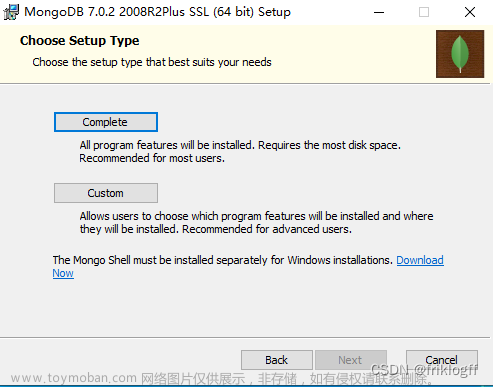使用Java HttpClient 进行HTTP请求
在Java中,HttpClient是进行HTTP通信的一个强大工具。它提供了简单而灵活的API,可以轻松地发送HTTP请求并处理响应。在本篇博文中,我们将深入探讨如何使用HttpClient执行GET、POST等不同类型的HTTP请求。
1. 引入依赖
首先,确保在项目的pom.xml文件中引入HttpClient的依赖:
<dependency>
<groupId>org.apache.httpcomponents</groupId>
<artifactId>httpclient</artifactId>
<version>4.5.13</version>
</dependency>
2. 执行GET请求
让我们从一个简单的GET请求开始。假设我们要获取 https://jsonplaceholder.typicode.com/todos/1 这个API的数据。
import org.apache.http.HttpResponse;
import org.apache.http.client.HttpClient;
import org.apache.http.client.methods.HttpGet;
import org.apache.http.impl.client.HttpClientBuilder;
import java.io.BufferedReader;
import java.io.InputStreamReader;
public class GetExample {
public static void main(String[] args) {
try {
// 创建HttpClient实例
HttpClient httpClient = HttpClientBuilder.create().build();
// 创建GET请求
HttpGet request = new HttpGet("https://jsonplaceholder.typicode.com/todos/1");
// 发送请求并获取响应
HttpResponse response = httpClient.execute(request);
// 读取响应内容
BufferedReader reader = new BufferedReader(new InputStreamReader(response.getEntity().getContent()));
String line;
StringBuilder result = new StringBuilder();
while ((line = reader.readLine()) != null) {
result.append(line);
}
// 打印响应内容
System.out.println("Response: " + result.toString());
} catch (Exception e) {
e.printStackTrace();
}
}
}
这段代码创建了一个HttpClient实例,然后使用HttpGet构建了一个GET请求,并发送请求获取响应。响应的内容通过BufferedReader逐行读取并打印出来。
3. 执行POST请求
接下来,让我们看看如何执行一个简单的POST请求。假设我们要向 https://jsonplaceholder.typicode.com/posts 发送一个包含JSON数据的POST请求。
import org.apache.http.HttpResponse;
import org.apache.http.client.HttpClient;
import org.apache.http.client.methods.HttpPost;
import org.apache.http.entity.StringEntity;
import org.apache.http.impl.client.HttpClientBuilder;
import java.io.BufferedReader;
import java.io.InputStreamReader;
public class PostExample {
public static void main(String[] args) {
try {
// 创建HttpClient实例
HttpClient httpClient = HttpClientBuilder.create().build();
// 创建POST请求
HttpPost request = new HttpPost("https://jsonplaceholder.typicode.com/posts");
// 添加请求头
request.addHeader("Content-Type", "application/json");
// 添加请求体(JSON数据)
String jsonBody = "{\"title\":\"foo\",\"body\":\"bar\",\"userId\":1}";
request.setEntity(new StringEntity(jsonBody));
// 发送请求并获取响应
HttpResponse response = httpClient.execute(request);
// 读取响应内容
BufferedReader reader = new BufferedReader(new InputStreamReader(response.getEntity().getContent()));
String line;
StringBuilder result = new StringBuilder();
while ((line = reader.readLine()) != null) {
result.append(line);
}
// 打印响应内容
System.out.println("Response: " + result.toString());
} catch (Exception e) {
e.printStackTrace();
}
}
}
这段代码使用HttpPost构建了一个POST请求,并通过StringEntity设置了请求体的内容。同样,发送请求并获取响应后,通过BufferedReader读取响应内容并打印出来。
结语
通过本文,我们深入了解了如何使用Java的HttpClient库执行GET和POST请求。这只是HttpClient功能的冰山一角,你可以根据实际需求使用更多功能,例如处理响应状态、处理重定向、设置超时等。文章来源:https://www.toymoban.com/news/detail-797986.html
希望这篇博文能帮助你更好地利用Java进行HTTP通信。如果有任何问题或建议,请随时留言。Happy coding! 🚀文章来源地址https://www.toymoban.com/news/detail-797986.html
到了这里,关于Java HttpClient 实战 GET 与 POST 请求一网打尽的文章就介绍完了。如果您还想了解更多内容,请在右上角搜索TOY模板网以前的文章或继续浏览下面的相关文章,希望大家以后多多支持TOY模板网!









![Python虚拟环境(pipenv、venv、conda一网打尽)[通俗易懂]](https://imgs.yssmx.com/Uploads/2024/02/716482-1.png)




